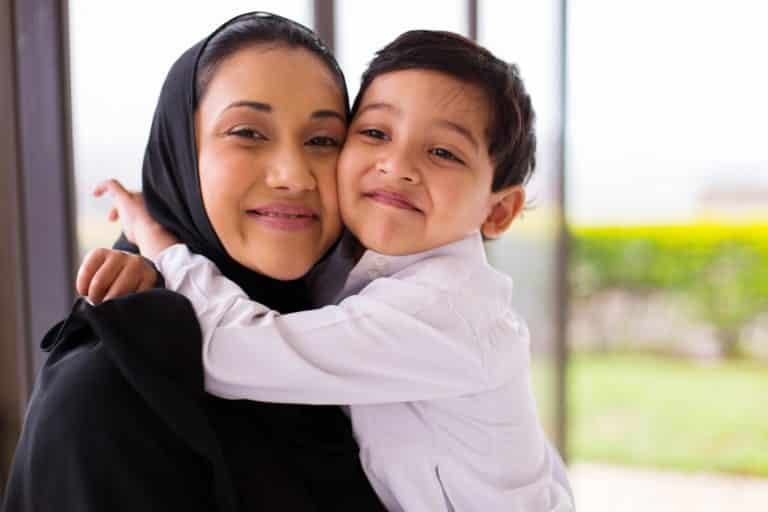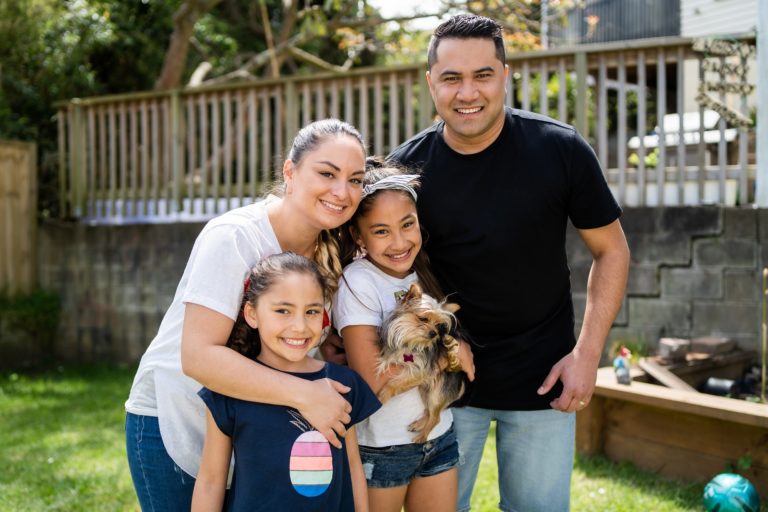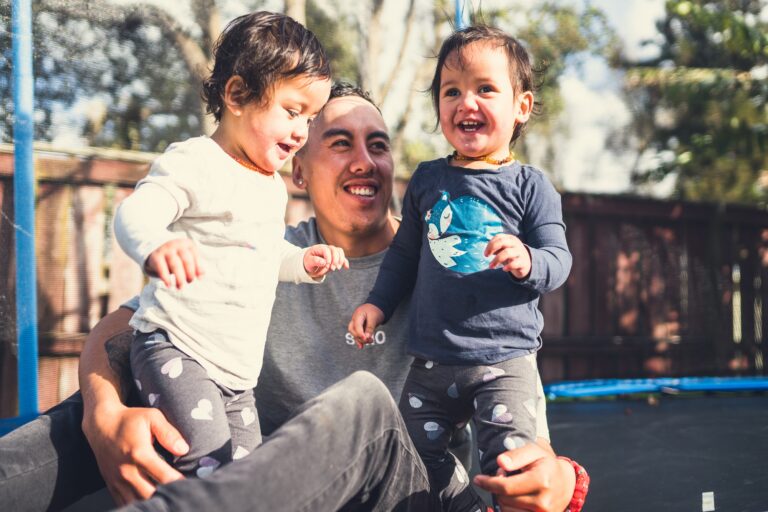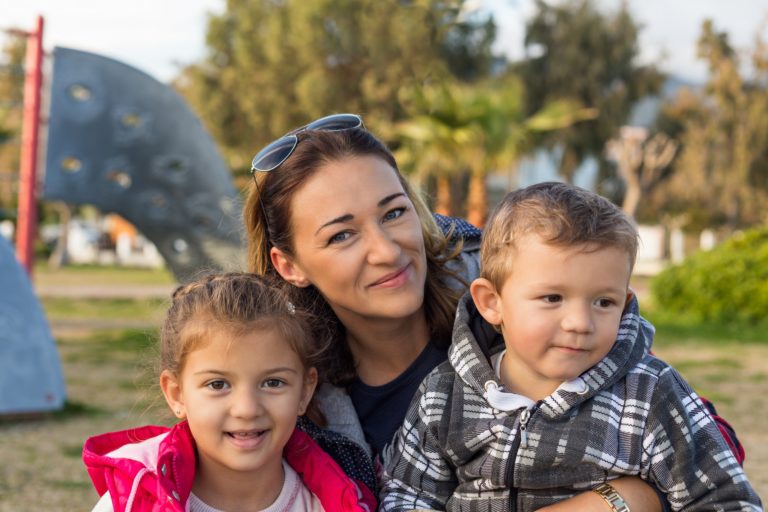

New Zealand is ranked as the worst developed country in the OECD for family violence.
In NZ only 33% of family violence is reported. On average police attend a family violence episode every 4 minutes. 67% of family violence episodes remain unreported.
Nearly half of all homicides and reported violent crime are related to family violence
Family harm events have increased 60% over the past 5 years and are predicted to increase by a further 35% by 2025.
In New Zealand, it is estimated that only 33% of family violence cases are reported. (1)
On average, police attend a family violence episode every four minutes. (1)
67% of family violence episodes still remain unreported.(1)
Nearly half of all homicides and reported violent crimes are related to family violence. (2)
Family violence events have increased 60% over the past five years and are predicted to increase by a further 35% by 2025. (3)
In 2020 and 2021, there were 155,338 family harm incidences which accounted for 16% of all police frontline activity. (1)
Children are present at nearly two-thirds of all family violence incidents police respond to. If this increase continues police anticipate their response to time will almost half – from four minutes to two and a half minutes by 2025. (1)
Below is a breakdown of family violence statistics based on gender, age, ethnicity, disability and employment.
Research suggests that one in three (33%) of New Zealand women have experienced physical or sexual intimate partner violence (IPV) in their lifetime. (4)
When psychological abuse is added (where economic harm sits), it increases to one in two (55%). (4)
One in eight men reported being victims of family violence. (5)
Gay, lesbian and bisexual adults experience intimate partner physical and sexual violence more than twice as often as other New Zealanders. (6)
Compared with other New Zealanders, adolescents between the ages of 15 and 19 have the highest rates of intimate partner violence.(7)
One in three (29%) young people reported being hit or harmed by a partner and up to 60% of high school students are recorded as having been in an emotionally or physically abusive relationship. (7)
21% per cent of women who stayed in the refuge were also under 20 (15- 19 years). (8)
One in ten elderly experience family violence and 70% of those who experience harm are women. (9)
Evidence suggests that psychological abuse is the most common form of elder abuse and financial abuse is next most frequent, accounting for more than 50% of the recorded incidences. (10)
Research suggests that some groups are at higher risks than others of experiencing family violence.
Physical and sexual IPV affects one in two (58%) of Māori women over a lifetime. When other forms of violence are included, this could be as high as 80%. (11)
Physical and sexual IPV affects one in three (34%) of European women over a lifetime and one in three (32%) of Pacific women. (12)
Asian women report a lower lifetime prevalence of one in ten (11.5%), but advocates believe there are lower rates of reporting in Asian Communities. (4)
Disabled people experience higher rates of both partner violence and non-partner violence. (13)
Family violence costs NZ employers at least $368 million annually. (14)
Of women who experienced family violence over the period of a year, 19% indicated that the abuse continued at work. (15)






There is limited data in New Zealand relating specifically to economic harm as a form of family violence.
This is due to it not being well understood and often more invisible than other forms of violence, as it sits within psychological abuse in the Family Violence Act (2018).
Recent research by Associate Professor Janet Fanslow – showed an increase in the lifetime prevalence of controlling behaviours towards women and double the rates of economic abuse from a male partner. From 4.5% in 2003 to 8.9% in 2019. (4)
In partnership with AUT, we are actively looking to undertake a comprehensive national study next year in line with current research to establish the prevalence of economic harm in New Zealand.
When we look at NZ’s family violence prevalence figures alongside international economic harm research, it is estimated that economic harm would be a significant part of our family violence statistics. This is backed up by anecdotal reports from our own and others’ experience working directly with clients in the family violence sector.


In Australia, women who experienced IPV, nearly all (99%) of them also experienced economic harm, including financial control and exploitation.(16)
In the UK, 95% of women who experience domestic abuse also report experiencing economic harm.(17)
In the USA, one in four women experiences family violence. Nearly all those cases include financial abuse. “In 99% of these cases, financial abuse is one of the main reasons victims can’t leave and remain in the abusive relationships.” (18)
In the USA, up to 99% of family violence victims experience economic harm during an abusive relationship, with finances often being cited as the biggest barrier to leaving an abusive relationship. (19)









You can also make a donation, or set up a recurring donation, by contacting us directly